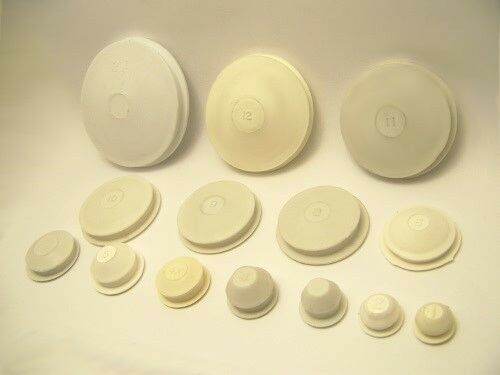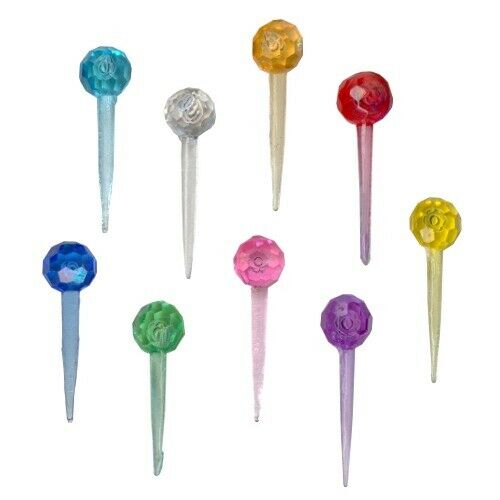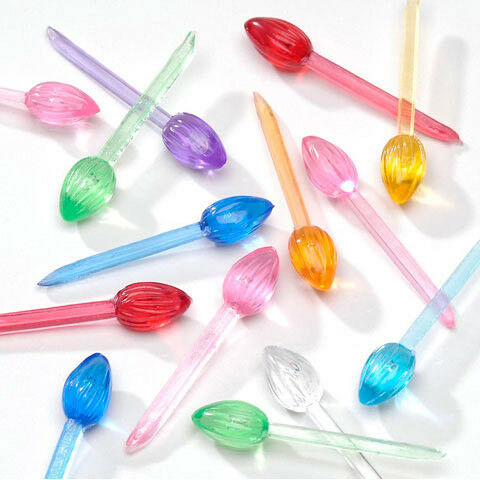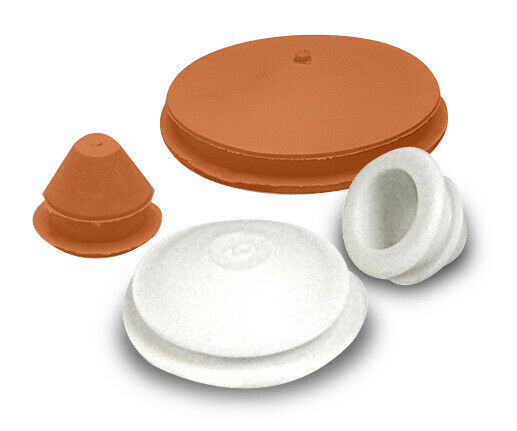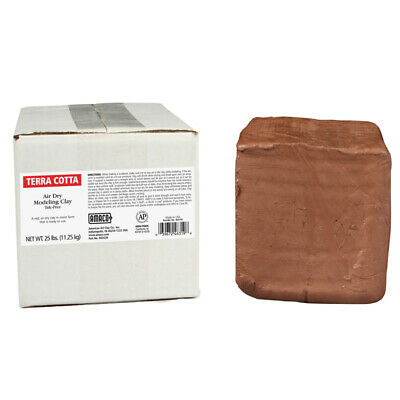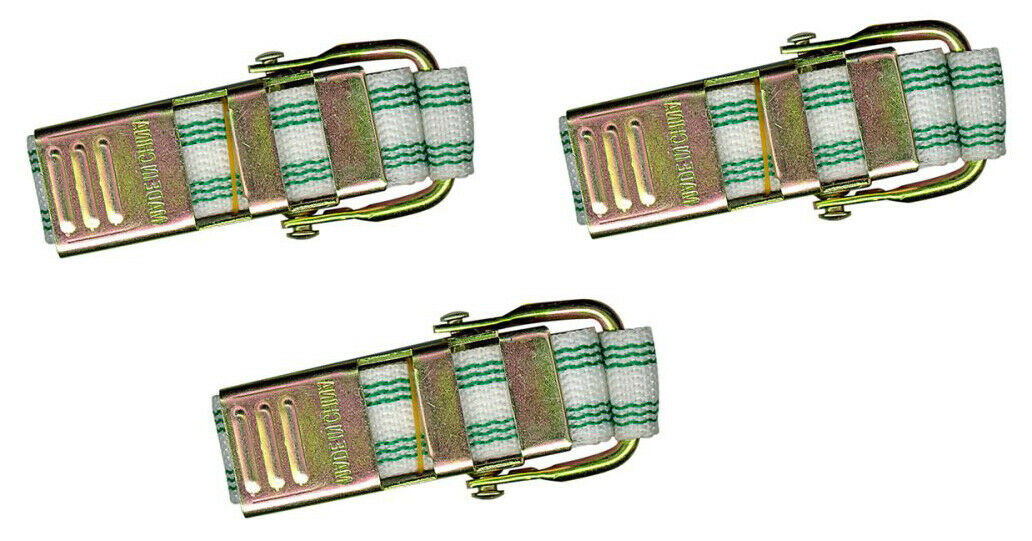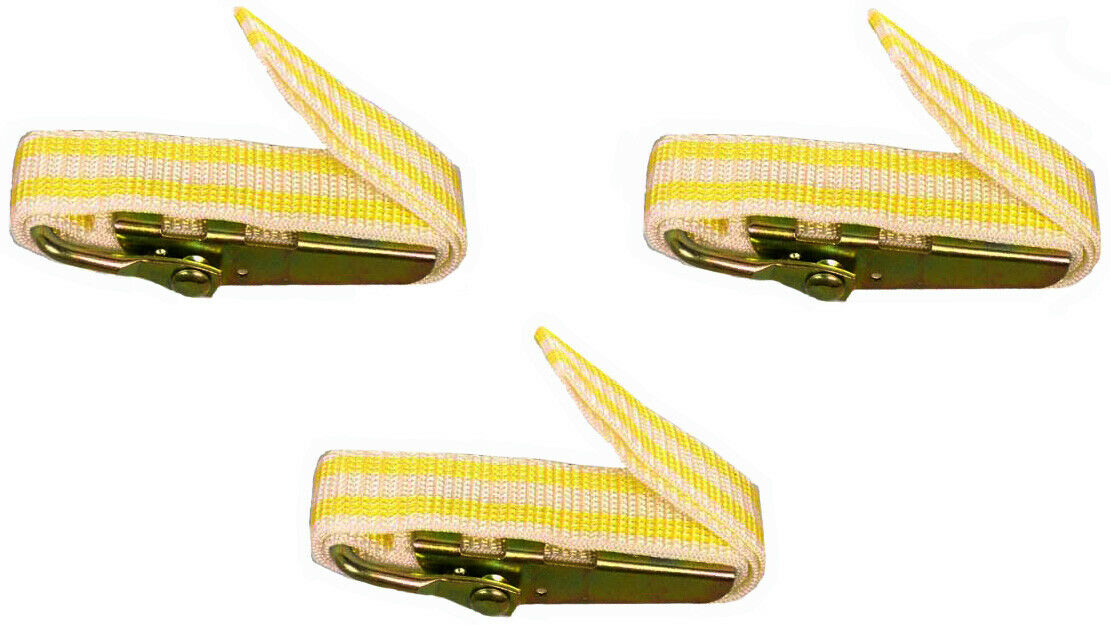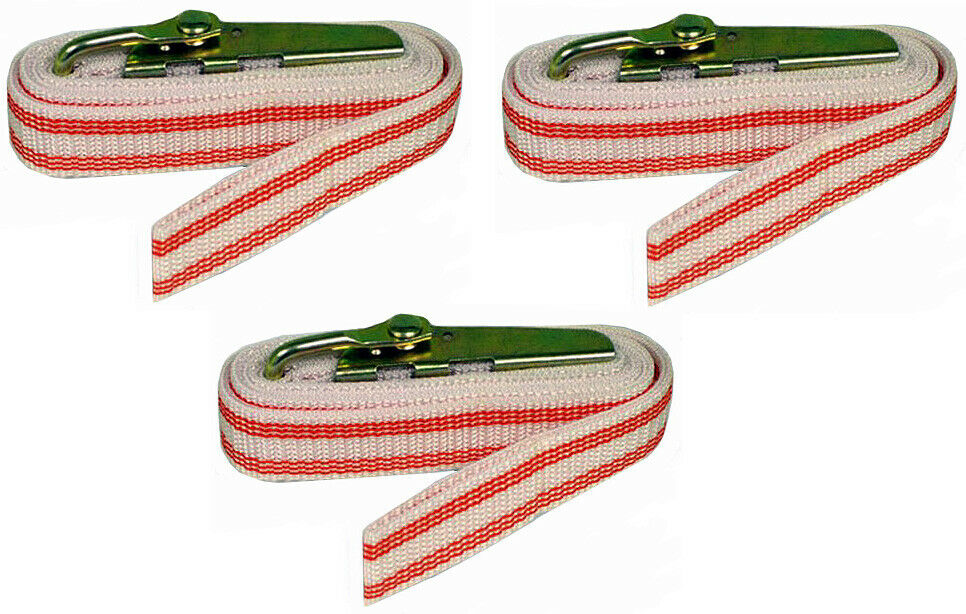-40%
Orton SSB 6 Self-Supporting Pyrometric Cones For Ceramic Kiln Firings-25 pack
$ 9.49
- Description
- Size Guide
Description
These Self Supporting Cones are used in a kiln to determine when a firing is completeFixed mounting height and angle
Most accurate way to control ceramic firing
Box of 25 Pcs
Made in USA
Cone/Temperature Conversion Chart
Cone
Temp at 108ºF/hr
Temp at 270ºF/hr
Kiln Color
Ware and Glaze Types
10
2345
2381
White
Stoneware Glaze
9
2300
2336
8
2280
2320
7
2262
2295
6
2232
2269
Porcelain Bisque
5
2167
2205
4
2124
2161
Porcelain Glaze
3
2106
2138
2
2088
2127
1
2079
2109
01
2046
2080
Yellow
02
2016
2052
03
1987
2019
04
1945
1971
05
1888
1911
06
1828
1855
Bisque,Low Glaze
07
1789
1809
Orange
Red Family Glazes
08
1728
1753
09
1688
1706
010
1657
1679
011
1607
1641
012
1582
1620
013
1539
1582
Red
014
1485
1540
015
1456
1504
016
1422
1465
017
1360
1405
Glass Sagging
018
1319
1353
China Paints
019
1252
1283
Metallics, Lusters
020
1159
1180
Dull Red
Decals
021
1112
1143
Glass Paint
022
1087
1094
The temperature equivalents apply to large 2.5" pyrometric cones when heated at the indicated heating rate in an air atmosphere. Small cones in the automatic shut-off have approximately the same temperature equivalent.
When looking into the observation holes all objects that are near the same temperature will be near the same color. Brighter appearing objects are hotter than darker ones.
This table is for general information. Consult the manufacturer's instructions for the correct cone number to use.
Why Use Pyrometric Cones
Cones have been used in firing ceramics for more than 100 years. They are useful because they can determine when a firing is complete, or if the kiln was provided enough heat, or if there is a temperature difference in the kiln, or if a problem occurred during the firing.
What is a Cone?
Cones are slender pyramids made from about 100 carefully controlled compositions. They bend in a repeatable manner over a relatively small temperature range (less than 50°F). The final bending position is a measure of the amount of heat absorbed. We refer to one cone number as being hotter or cooler than another. The coolest cone number is O22 and the hottest is 42. The first cones were numbered from 1 to 20. When cooler cones were developed, an 'O' was placed before the number. So cones cooler than Cone 1 increase from O1 to O2, etc. to O22.
Cone Bending
Both temperature and time and sometimes atmosphere affect the final bending position of a cone. Temperature is the predominant variable. We refer to the temperature as an equivalent temperature, since actual firing conditions may vary somewhat from those in which the cones were originally standardized. Using charts available from Orton, an equivalent temperature can be determined by measuring the final bending position of the Cone, if the heating rate is known. Orton Self-Supporting Cones duplicate their bending behavior with a standard deviation of 2.4 angular degrees or less than + 2°C.
How are Cones Used?
Cones are used as witness cones located on a kiln shelf near the ware or in a kiln shut off device (e.g. Kiln-Sitter®). The cone bends when glass forms and it becomes soft. The composition of the cone and the amount of heat determine when and how much glass if formed. It is important to note that it is the weight of the sensing rod that causes the cone (or bar) in a Kiln-Sitter® to bend. Changes in weight affect the bending of the cone. A witness cone bends because of gravity acting on it. Therefore, mounting height and angle is important. The higher the cone or the more it leans over at the start, the more gravity affects bending, causing early bending. It is for this reason Orton developed Self-supporting witness cones some 20 years ago, where mounting height and angle is fixed. It typically takes 15 to 25 minutes for a cone to bend, depending upon the cone number. The cone bends slowly at first but once it reaches the halfway point, it bends quickly. When the cone tip reaches a point level with the base, it is considered properly fired; however, the difference between a cone touching the shelf and a cone at the 4 o'clock position is small and rarely affects the fired results.
Why use Cones?
Firing ceramics is much like baking, except temperatures are higher. Ceramics can be fired over a range of temperatures. Some products have a wide firing range while others have a narrow range. Firing to a slightly lower temperature requires the ware to be held for a longer time, just as it would be done if one were baking a turkey. This is because it takes time for the ware to absorb all of the heat needed to properly "cook" the piece. We refer to this absorption of heat as 'heatwork'. When the amount of heatwork for two firings is the same, the pieces will look identical, even if one is fired to a higher temperature for a short time and another is fired at a lower temperature for a longer time. Since cones measure heatwork, all manufacturers recommend the cone number to which their product should be fired.
Three Cone System
Many products used today, such as porcelain and lead-free glazes, need to be fired within a 2-cone range. The 3-cone system can be used to determine temperature uniformity and to check the performance of the Kiln-Sitter® or electronic controller. The 3-cone system consists of three consecutively numbered cones:
• Firing Cone - cone recommended by manufacturer of glaze, slip, etc.
• Guide Cone - one cone number cooler than firing cone.
• Guard Cone - one cone number hotter than firing cone.
For example: Cones O17, O18, O19 or Cones 5, 6, 7.
Cones Help Evaluate Kilns
Most kilns have temperature differences from top to bottom. The amount of difference depends on the design of the kiln, age of the heating elements, load distribution in the kiln, and the cone number to which the kiln is fired. Usually, kilns have a greater temperature difference at cooler cone numbers. Use cones on the lower, middle and top shelves to determine how much difference exists during firing. It's best to do this for each type of firing you do - i.e. decal, bisque/glaze, porcelain/stoneware. After firing, observe the 3 cones. If, on the bottom shelf, the Guide cone has only bent half way, then ware is fired one and half cones lower. A Guard cone on the top shelf bent halfway indicates that ware is a half cone hotter and a 2-cone difference exists between the top and bottom of the kiln. If you find a difference, make changes in the way the kiln is loaded and fired to reduce this difference. Adding downdraft venting will also even out temperatures. The kiln can also be upgraded to Orton's UniTemp™ controller, which keeps the kiln uniform in temperature (see Kiln Controllers).
Checking Kiln Sitter® Performance
The Kiln Sitter® shuts off the kiln when a small cone (or bar) placed under the sensing rod receives enough heat for it to fully bend. Bending is caused by the weight of the sensing rod. Because the cone in the Kiln Sitter® is located at the kiln wall (closer to the heating elements), it frequently receives more heat than witness cones, causing the kiln to shut off early. Using the next hotter cone/bar may be necessary. Use the 3-cone system on a shelf near the Kiln Sitter® to determine if a difference exists between the shelf and Kiln Sitter® cones.
Checking Controller Performance
Electronic controllers allow firing to a temperature (and even a cone number). The controller uses a temperature reading measured by one or more thermocouple(s) placed through the refractory wall of the kiln. A Self-supporting witness cone will check whether the controller is firing accurately. Place the cone in a location near the thermocouple. After the firing, determine if the Firing Cone has bent properly. There should be no more than a half cone difference. Orton encourages the use of electronic controllers; however, we strongly recommend the use of at least one witness cone for every firing to assure that the kiln really did fire to the right cone number. As mentioned earlier, bodies, glazes and decoration products are all formulated to be fired to a cone number, bent to the 90° (6 o'clock) position. Controllers depend upon accurate measurement of temperature and proper programming to fire properly. Most controllers use a Type K thermocouple, which may not give an accurate temperature and which will change after being used. It is not unusual for a Type K thermocouple to have an error of more than 25°F when fired to Cone 6 repeatedly. This is more than a full cone. By using witness cones, you can determine whether the firing was to the right cone number.
Self-supporting Witness Cones
Orton recommends Self-supporting witness cones because they are easier to use and less subject to bending variation. Many people use witness cones every firing and the 3-cone system periodically to check for changes in the kiln. Cones are saved to compare different firings. When more than a half cone difference occurs, it usually indicates a problem exists. This gives you an opportunity to fix the problem or change the way the kiln is being fired to avoid future problems. Cones are the best way to inexpensively monitor your kiln.

